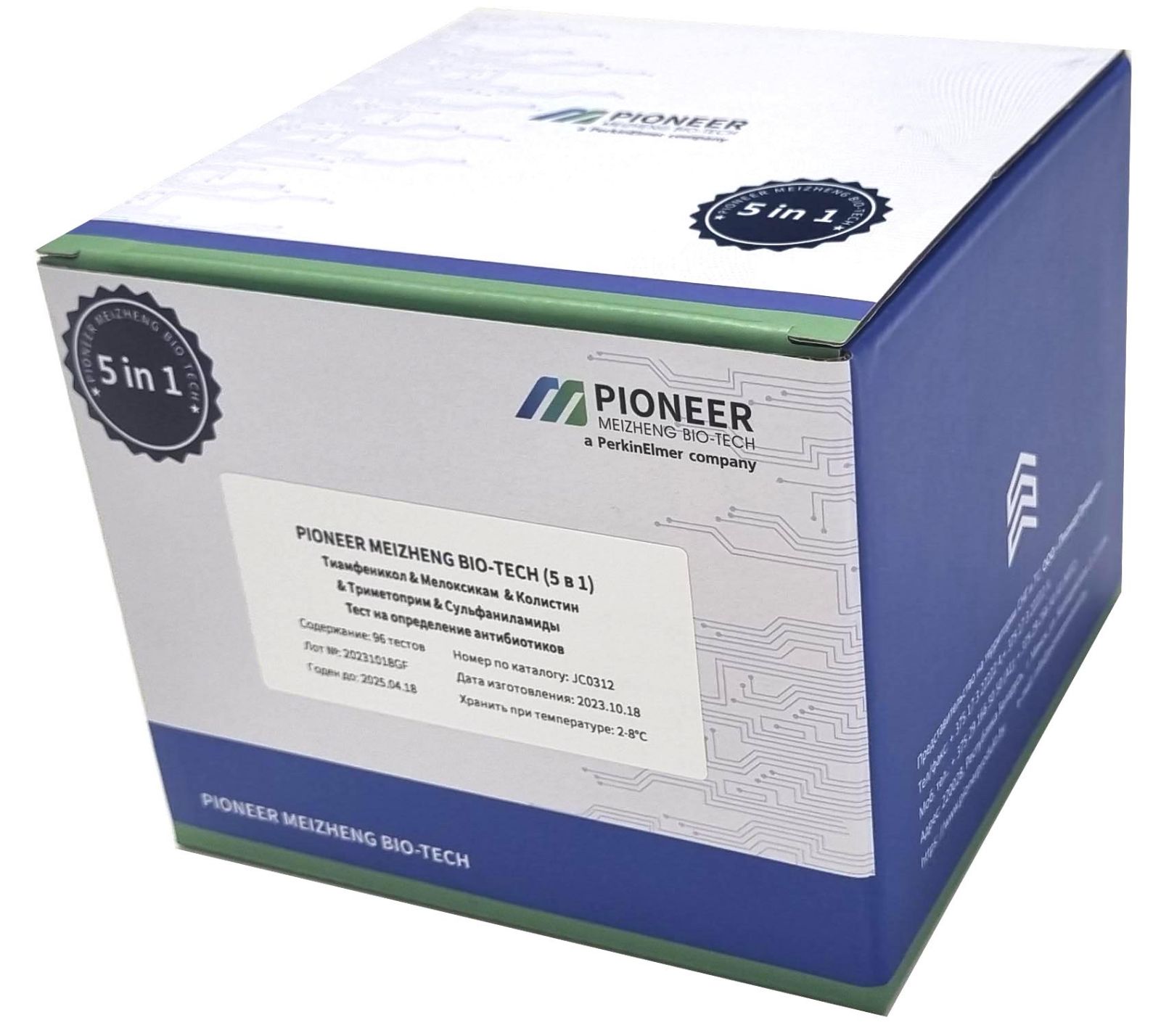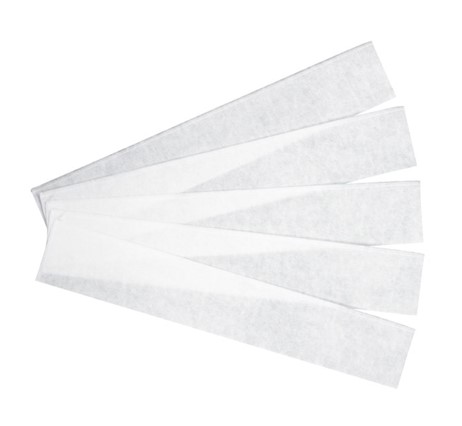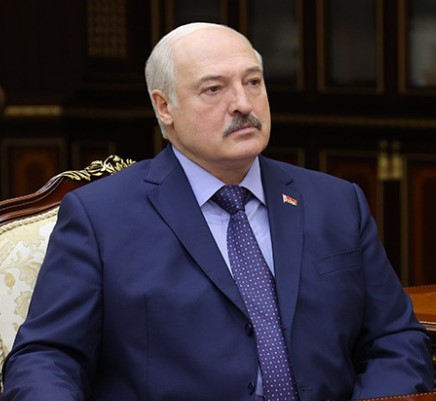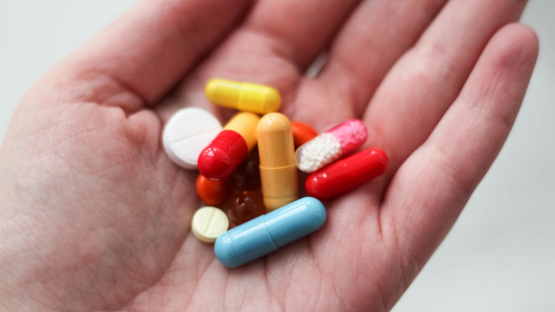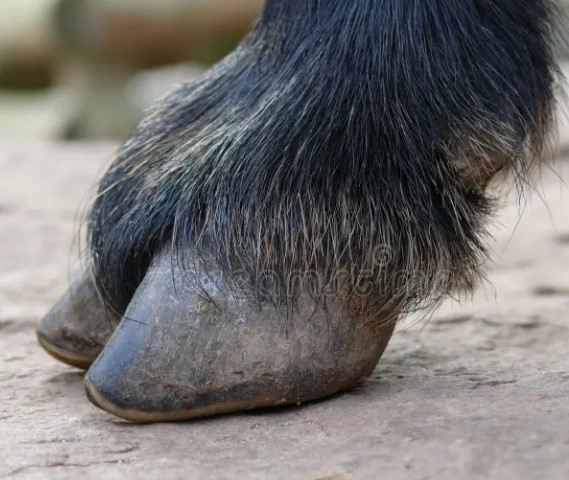Lamb kebab is rising in price

Lamb is called one of the healthiest types of MEAT. But in RUSSIA they consume little of it: according to statistics, out of the 80 kilograms of meat eaten annually by every resident of the country, only 1.5 kilograms of lamb account for it. And this despite all our love for barbecue. The main reason is the price of this type of meat. She has grown and will continue to grow.
Main ingredient
A simple search on the Internet reveals the names of almost a thousand establishments in Moscow that offer lamb shish kebab on their menu. Portion sizes vary from 180 to 250 grams, and the price tag ranges from 420 rubles per serving to 1900 rubles. The average price in the capital is now 590 rubles. But this includes loin, and tenderloin, and ribs, and small cafes, and premium establishments. Therefore, restaurateurs are usually either amused or annoyed by the question about the average bill.
“Where is the average check? In a fast food restaurant, in a cafe, in a fine dining establishment? In Moscow there is one picture, in a small town two hundred kilometers from Moscow there is another. Talking about the average bill is like discussing the average temperature in a hospital. In the infectious diseases department it is one, in the morgue it is different, but on average it is normal,” Igor Bukharov, president of the Federation of Restaurateurs and Hoteliers of Russia, told the Parliamentary Newspaper.
Products are the main component of the price of a dish in a restaurant. According to chefs, about 40 percent of the final price of the finished dish. Another third is staff salaries, the rest is utilities, taxes, acquiring costs, household goods, broken dishes... If these components (but primarily products) become more expensive, the receipt also increases.
“The average bill increases in proportion to food prices. No matter how hard you try, there is a final cost of products. The price for the guest is formed from this plus the cost of staff work and utilities. Of course, prices have already risen and will continue to rise. Expectations for 2024 are standard and parallel to other years,” explained Maxim Rybakov, chef of two restaurants in Vladimir.
A niche product
But how does the general rise in prices affect kebab, if Russia is in fourth place in the world in terms of meat production? The HEAD of the National Meat Association, Sergei Yushin, told the Parliamentary Newspaper about this. The production of all types of meat is growing by +2 percent only in 2023.
For comparison: the average annual level of meat consumption in Russia per person is already almost twice as high as the world average, which is 43 kilograms per year. That is, meat remains a relatively affordable product for our citizens. But not for everyone.
The most popular types are chicken , primarily broilers, and pork . The reason is obvious: cheaper. Beef and lambOver the past ten years, prices have been growing noticeably, but chicken and pork, if they are becoming more expensive, are at the rate of inflation. Therefore, of the mentioned annual average of 80 kilograms per capita, 45 percent is poultry meat , and 40 percent is pork. Broilers have risen in price by 70 percent since 2015, and pork by only 25 percent, despite outbreaks of African swine fever that forced entire regions to exterminate livestock to zero. Moreover, in some years, pork even fell in price! “Some parts of pork are already cheaper than chicken,” Yushin noted.
Rosstat data on average annual meat prices confirmed the expert’s words and filled the gap with lamb prices, which the head of the National Meat Association did not talk about, explaining why he does not monitor price dynamics for this considered elite type of meat: “We are not interested in niche types of meat . They are like blackcaviar , what difference does it make how much it costs if few people can afford it?
According to statistics, if in 2015 a kilogram of lamb cost on average 340.5 rubles, then in 2018 it was already 372.91. In 2019, the price per kilogram of lamb increased to 421.77 rubles, in 2021 - to 495.7, in 2022 - to 552.77.
Finally, now the average price for this type of meat is 678.61 rubles. The dynamics are obvious. Compared to more affordable types of meat, the initially expensive lamb has doubled in price over nine years, an average of 11 percent per year. And the trend is unlikely to change this year.
Portions will not be reduced.
There are regions where lamb consumption is part of the culture, and they eat it much more often than, for example, in the central part of Russia, said Sergei Yushin. But we are not talking about industrial production, but about private farmsteads. They do not produce meat for sale. 10-20 sheep is not a farm . But the cost of meat produced in this way is objectively lower than in a large enterprise, which is obliged to comply with all requirements for safety, labeling, packaging, and must pay wages, taxes, and social contributions. Therefore, cut lamb with all the documents confirming its safety and quality is much more expensive both in stores and in restaurants. Will it continue to rise in price? Will. Obviously, by the same 11 percent.
By the way, Igor Bukharov called the 10 percent increase in the price of food in restaurants noticeable and sensitive for guests: “The increase in costs is having an impact, and we are raising prices. But gradually, focusing on the purchasing power of the population. Reduce portions? No. More than 7 percent will be noticeable. People are very conservative."
Sergei Yushin sees the only way to reduce prices for lamb in the growth of agricultural profitability, which implies market prices for its products, without artificially lowering them, and the development of exports to countries where lamb consumption is part of the national culture. Only then will it be interesting for investors to invest money in this type of livestock farming, and for producers to increase volumes, which always entails a reduction in costs and, of course, prices. Proven using examples of pork and chicken.
Read together with it:
- Парагвай: Экспорт субпродуктов является растущей отраслью и уже достиг 95,4 млн долларов СШАЭкспорт говяжьих субпродуктов в этом году значительно вырос. К концу августа выручка составила 95,4 млн долларов США по сравнению с 54,6 млн долларов США на тот же конец прошлого года. По данным SENACSA, в конце августа этого года было экспортировано 51 миллион килограммов мяса по сравнению с 33,7 миллиона килограммов на конец того же месяца прошлого года. Экспорт субпродуктов увеличился на 51,3%....
- Новые горизонты сотрудничества: Россия и Аргентина обсуждают совместный доступ на рынки продукции животного происхожденияОдной из ключевых тем конференции стал контроль за производством ветеринарных препаратов в Аргентине. Аргентинская сторона представила свою систему контроля, включающую Управление ветеринарных продуктов и Управление лабораторий животных. Эти организации обеспечивают высокие стандарты безопасности, так как каждая производственная единица подвергается проверкам каждые 3-5 лет и зарегистрирована в ин...
- Московская область планирует нарастить мясное производство на 25% к 2030 годуВ Московской области более 100 предприятий уже выпускают около 305,000 тонн мяса, из которых значительная доля поступает от 19 ведущих производителей свинины и мяса птицы. Также в регионе реализуются два новых инвестиционных проекта: в Можайске строится утиная ферма на 125,000 птиц, а в Ступино — овцеводческое хозяйство на 11......
- Захарова пообещала «жесткие шаги» в ответ на 19-й пакет санкций ЕСМария Захарова Россия жестко ответит на очередной пакет санкций Евросоюза, заявила в телеграм-канале официальный представитель МИД России Мария Захарова. Ранее ЕС принял 19-й пакет антироссийских санкций, включающий запрет на импорт российского СПГ, новые ограничения против нефтяных компаний, судов, банков и экспорта ряда товаров, а также ограничения на передвижение российских дипломатов. «Россия ...
- С начала года Московская область увеличила экспорт свинины на 35% в стоимостном выраженииМосковская область продолжает укреплять позиции одного из ведущих экспортеров продукции агропромышленного комплекса в России. По итогам 9 месяцев с начала года регион нарастил экспорт свинины на 35% по стоимости. В натуральном выражении объем поставок составил 85 тысяч тонн, что на 17% больше, чем за аналогичный период прошлого года. В Министерстве сельского хозяйства и продовольствия Московской о...



